Wellness Tech: Wearables That Power Up Your Health
Unlocking Better Health: The Truth About Wearable Wellness Technology

Wellness tech is changing how people take care of their health. Wearables like smartwatches, fitness bands, and health trackers are now common tools for millions of people. But can these devices really help you get healthier? This article will explain what wellness tech is, how it works, what benefits it offers, and what to watch out for—all in simple, easy-to-understand language.
What Is Wellness Tech?
Wellness tech refers to technology designed to help people improve their health and well-being. The most popular examples are wearable devices like smartwatches and fitness trackers. These gadgets collect data about your body and activities, such as your heart rate, steps, sleep, and even stress levels. Wellness tech also includes apps and software that use this data to give you advice and reminders.
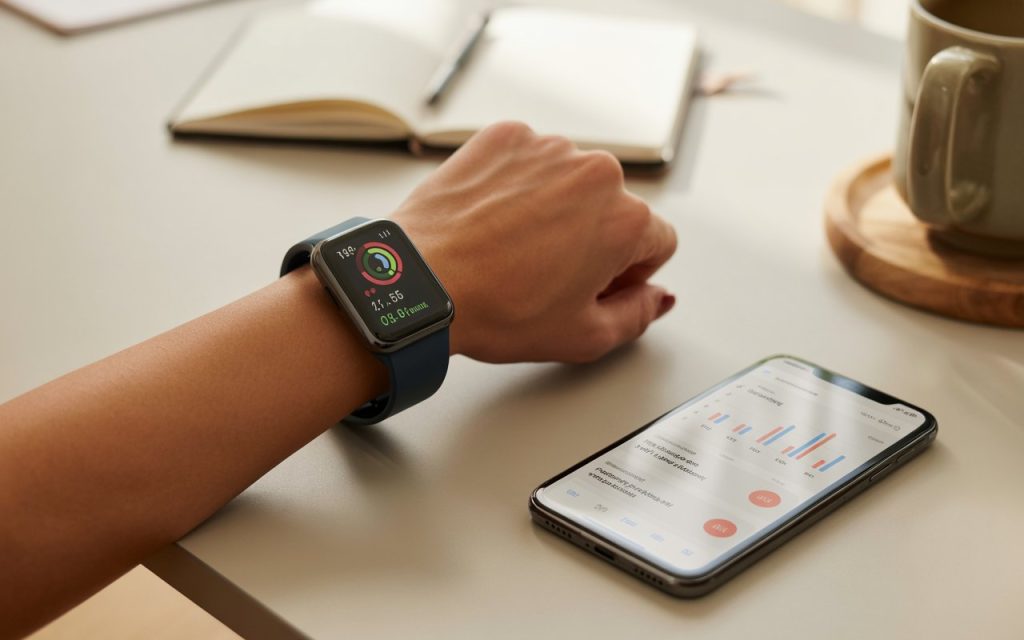
How Do Wearables Work?
Wearable devices use sensors to track different aspects of your health. Here’s how they work:
- Heart rate monitors: Measure your pulse using light sensors.
- Step counters: Use motion sensors to count your steps.
- Sleep trackers: Detect when you’re asleep and what stage of sleep you’re in.
- GPS: Tracks your location and movement during workouts.
- Stress and mood trackers: Some devices use heart rate variability to estimate your stress levels.
All this data is sent to your phone or computer, where apps analyze it and give you feedback.
Benefits of Wellness Tech and Wearables
Wearables can help you in many ways:
1. Encouraging Physical Activity
Seeing your daily step count or calories burned can motivate you to move more. Many people find it easier to stay active when they can track their progress.
2. Improving Sleep
Sleep trackers help you understand your sleep patterns. You can see how long you sleep, how often you wake up, and the quality of your rest. This information can help you make changes to sleep better.
3. Managing Stress
Some wearables track stress levels and remind you to take breaks or practice relaxation techniques. This can help you feel calmer and more focused.
4. Monitoring Heart Health
Heart rate monitors can alert you to unusual patterns, which might be a sign of health problems. Some devices can even detect irregular heartbeats.
5. Setting and Tracking Goals
Wearables let you set goals, like walking 10,000 steps a day or sleeping 8 hours. You can track your progress and celebrate your achievements.
6. Connecting with Others
Many wellness apps let you share your progress with friends or join challenges. This can make staying healthy more fun and social.
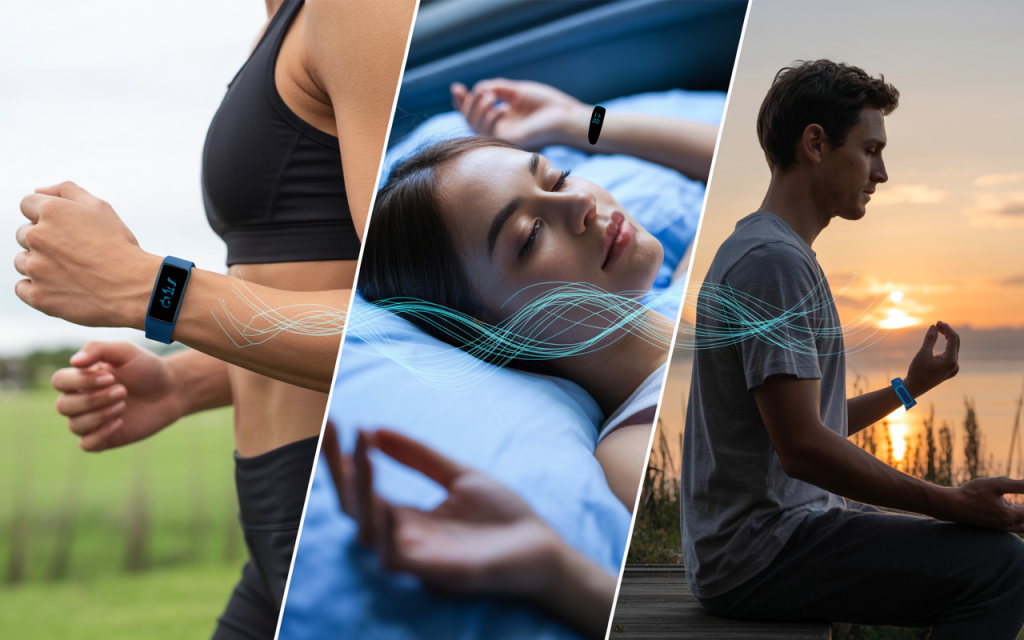
Table: Common Types of Wearables and Their Features
| Type of Wearable | Main Features | Health Benefits |
|---|---|---|
| Smartwatch | Heart rate, steps, sleep, apps | Activity, sleep, heart health |
| Fitness Band | Steps, calories, sleep | Activity, sleep |
| Sleep Tracker | Sleep stages, sleep quality | Better sleep |
| Heart Rate Monitor | Heart rate, heart rate variability | Heart health, stress |
| GPS Watch | Location, distance, pace | Outdoor activity, fitness |
Real-Life Examples of Wellness Tech in Action
- Jane uses a fitness band to track her daily steps. She tries to reach 10,000 steps every day and feels more motivated to walk.
- Tom wears a smartwatch that reminds him to stand up and move every hour. This helps him avoid sitting too long at work.
- Lisa uses a sleep tracker to improve her sleep. She notices she sleeps better when she goes to bed earlier and avoids screens before bed.
- Ahmed’s smartwatch alerted him to an irregular heartbeat. He saw a doctor and got treatment early.
Potential Risks and Downsides
While wellness tech has many benefits, there are some risks and downsides:
1. Privacy Concerns
Wearables collect a lot of personal data. If this data is not protected, it could be stolen or misused.
2. Accuracy Issues
Not all wearables are equally accurate. Some may give incorrect readings, which could cause worry or lead to wrong decisions.
3. Over-Reliance on Technology
Some people become too focused on their devices and forget to listen to their bodies. It’s important to use wearables as tools, not as the only source of health information.
4. Cost
High-quality wearables can be expensive. Not everyone can afford the latest devices.
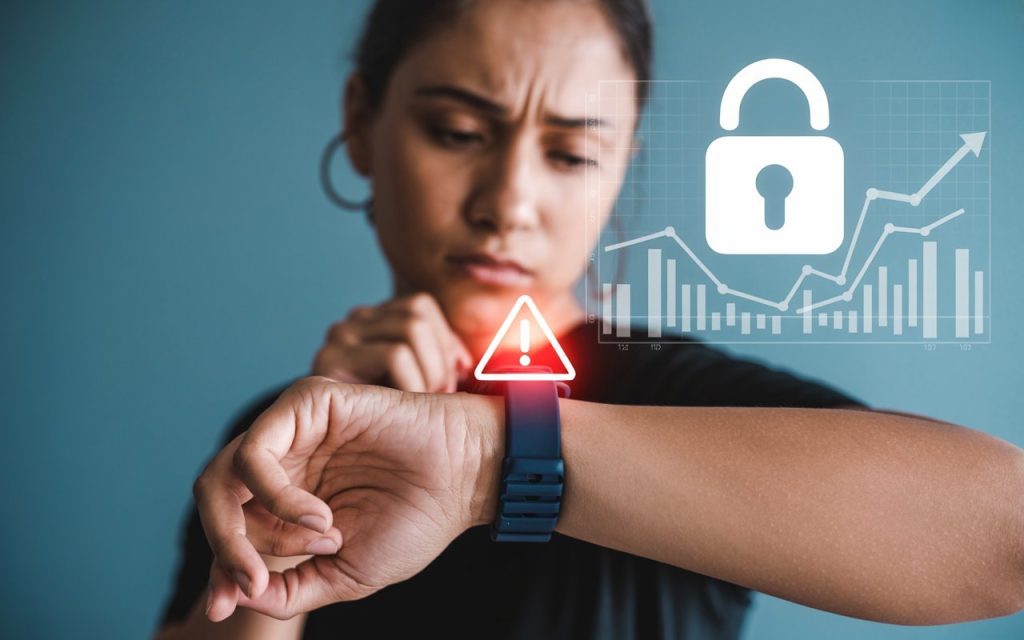
How to Choose the Right Wearable
Here are some tips for picking the best device for you:
- Decide what you want to track: Steps, sleep, heart rate, or something else?
- Check reviews: Look for devices with good reviews for accuracy and reliability.
- Consider battery life: Some devices need to be charged every day, others last longer.
- Look at privacy policies: Make sure your data will be protected.
- Set a budget: Decide how much you want to spend.
The Science Behind Wellness Tech
Many studies have looked at how well wearables work. Research shows that people who use them tend to be more active and sleep better. However, not everyone sees big improvements. The key is to use the device as a tool to help you make healthier choices, not as a magic solution.
How to Get the Most Out of Your Wearable
To make the most of your wellness tech, try these tips:
- Set realistic goals: Start with small, achievable goals and build up.
- Review your data regularly: Look for patterns and make changes if needed.
- Stay consistent: Wear your device every day for the best results.
- Listen to your body: If you feel tired or unwell, don’t ignore it just because your device says you’re fine.
- Share your progress: Join challenges or share with friends for extra motivation.
The Future of Wellness Tech
Wellness tech is always improving. New devices are being developed to track more health information, like blood sugar, oxygen levels, and even mental health. In the future, wearables might be able to predict health problems before they happen and give you personalized advice.
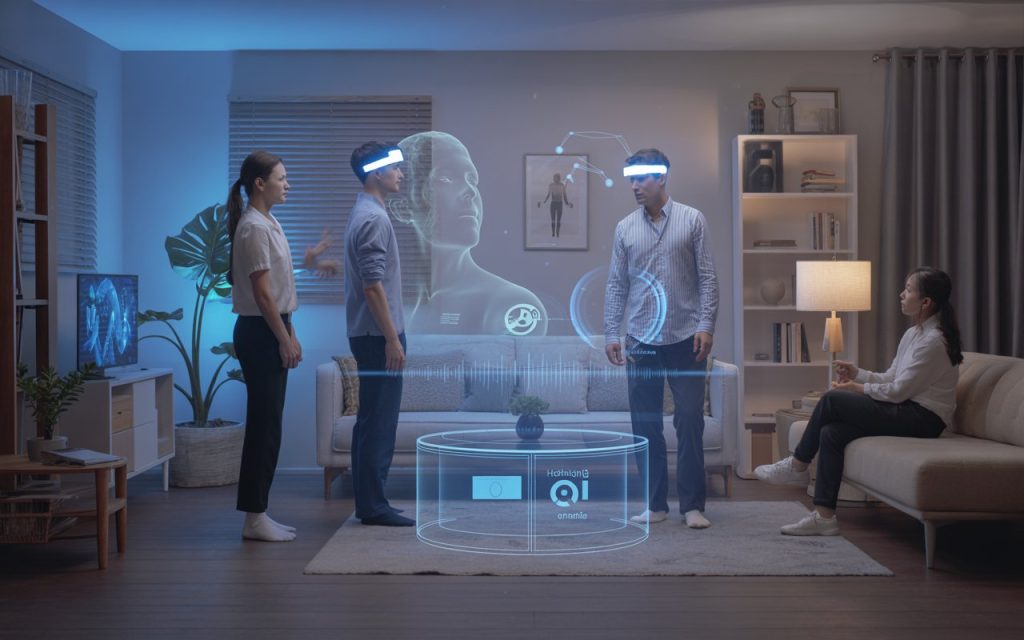
Frequently Asked Questions (FAQs)
Q: Can wearables really improve your health?
A: Yes, wearables can help you be more active, sleep better, and manage stress. But they work best when you use them as part of a healthy lifestyle.
Q: Are wearables accurate?
A: Most wearables are fairly accurate for tracking steps and heart rate, but less so for things like calories burned or sleep stages. Always check reviews and compare with other devices.
Q: Is my data safe with wearables?
A: Most companies protect your data, but it’s important to read privacy policies and use strong passwords.
Q: Do I need an expensive device to see benefits?
A: No, even basic fitness bands can help you stay active and track your progress.
Q: Can wearables help with medical conditions?
A: Some devices can help monitor conditions like heart disease or diabetes, but they are not a substitute for medical advice.
Q: How often should I wear my device?
A: For the best results, wear your device every day and keep it charged.
Q: What should I do if my device gives me a warning?
A: If your device alerts you to a health problem, see a doctor as soon as possible.
Wellness Tech and Mental Health
Some wearables now track stress and mood. They can remind you to take breaks, breathe deeply, or practice mindfulness. This can help you feel less stressed and more relaxed.
Wellness Tech for Different Ages
Wellness tech is not just for adults. There are devices for kids and seniors too. For kids, wearables can encourage activity and healthy habits. For seniors, they can help monitor health and safety.
How to Stay Safe with Wellness Tech
Here are some safety tips:
- Keep your device clean: Wash your wristband regularly to avoid skin irritation.
- Don’t rely only on your device: If you feel sick, see a doctor even if your device says you’re fine.
- Protect your data: Use strong passwords and check privacy settings.
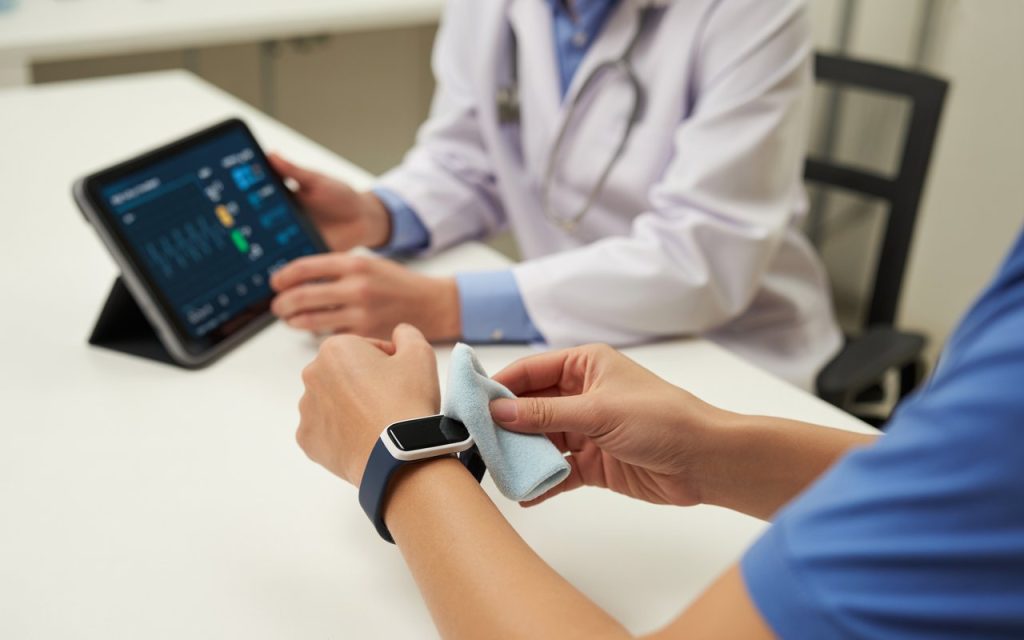
The Role of Apps in Wellness Tech
Apps are a big part of wellness tech. They collect data from your device and give you feedback, tips, and reminders. Some apps connect you with friends or health professionals.
Comparing Popular Wearables
Here’s a quick comparison of some popular devices:
| Device | Main Features | Price Range | Best For |
|---|---|---|---|
| Apple Watch | Heart rate, ECG, apps | High | General health |
| Fitbit | Steps, sleep, heart rate | Medium | Fitness, sleep |
| Garmin | GPS, sports, heart rate | Medium-High | Athletes |
| Xiaomi Band | Steps, sleep, heart rate | Low | Budget fitness |
Wellness Tech in the Workplace
Some companies give employees wearables to encourage healthy habits. This can help reduce stress, improve productivity, and lower healthcare costs.
The Cost of Wellness Tech
Wearables range from cheap fitness bands to expensive smartwatches. Think about what features you need and how much you want to spend.
How to Use Wellness Tech for Weight Loss
Wearables can help you lose weight by tracking your activity and calories. Set goals, monitor your progress, and make healthy choices.
Wellness Tech for Chronic Conditions
Some wearables can help people with conditions like diabetes or heart disease by tracking blood sugar, heart rate, and activity. This can help manage the condition and prevent complications.
The Limits of Wellness Tech
While wellness tech is helpful, it’s not perfect. It can’t replace doctors or medical tests. Always talk to a healthcare professional if you have health concerns.
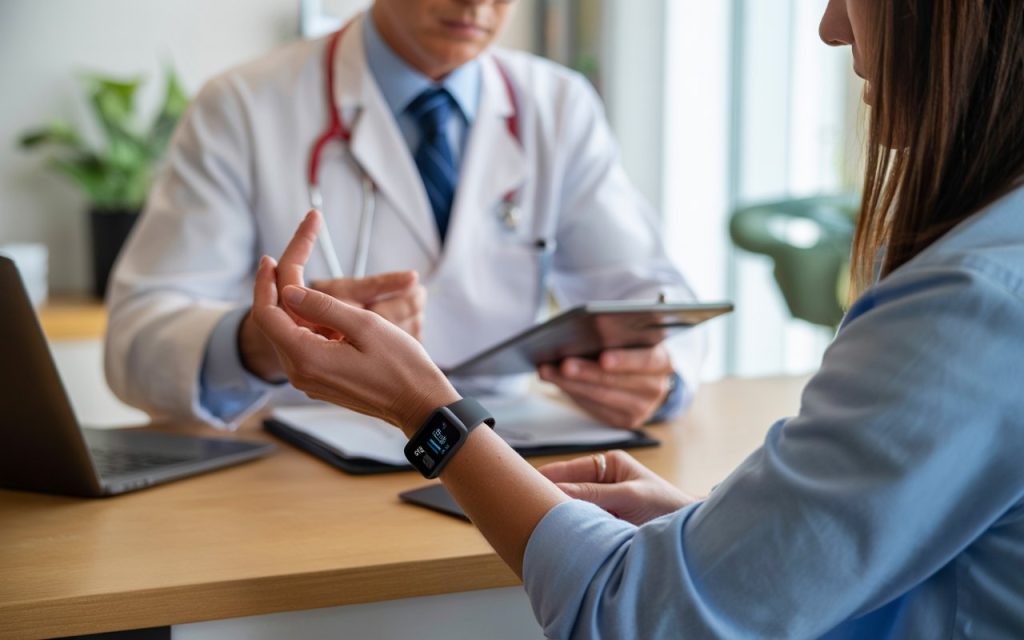
How to Stay Motivated with Wellness Tech
Here are some tips to stay motivated:
- Set small, achievable goals.
- Celebrate your progress.
- Join challenges or groups.
- Share your achievements with friends.
Conclusion
Wellness tech and wearables can really help you improve your health. They encourage activity, better sleep, stress management, and healthy habits. While they have some risks and limits, they are powerful tools for anyone who wants to live a healthier life. Use them wisely, listen to your body, and enjoy the benefits of modern technology.




